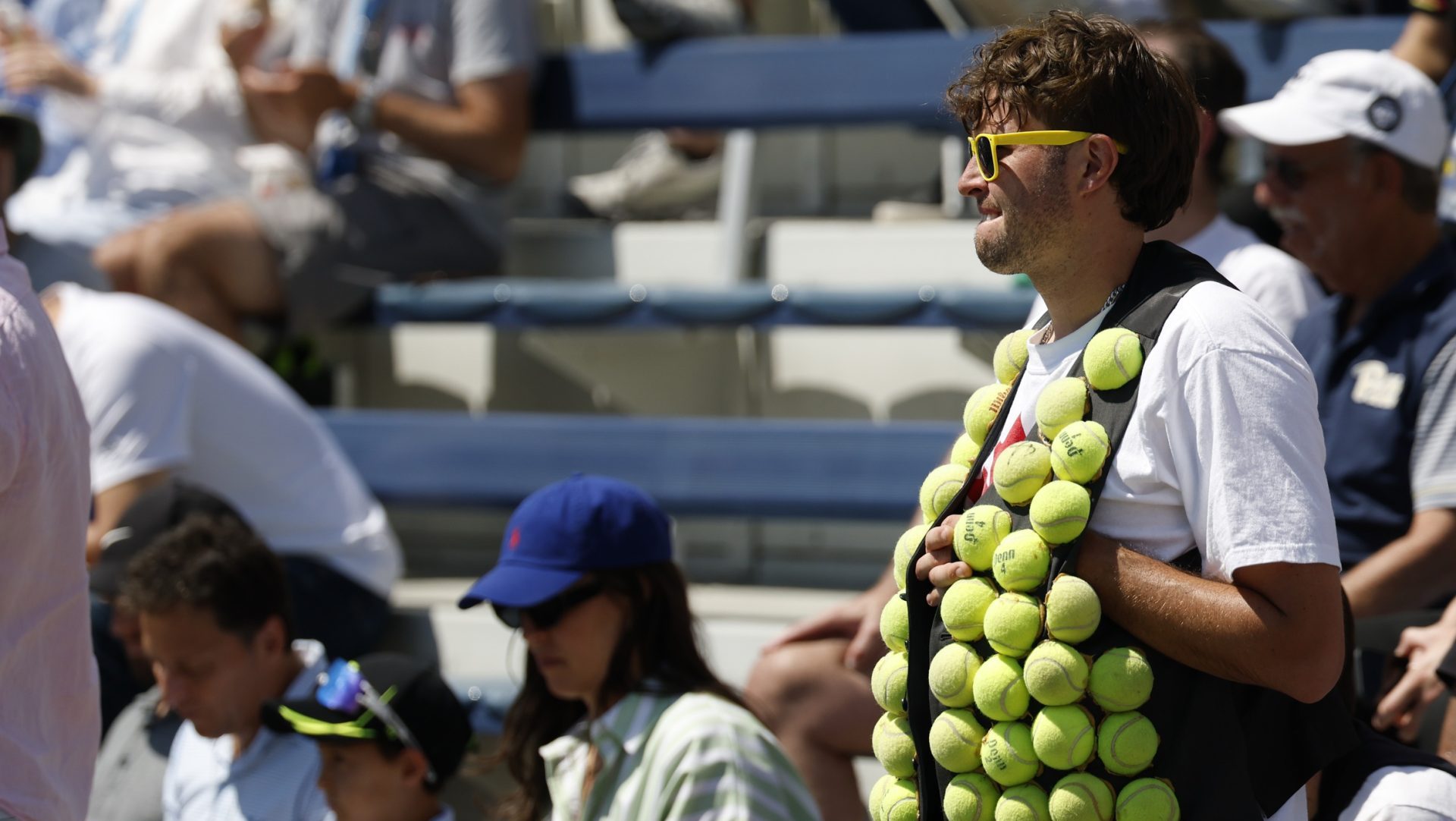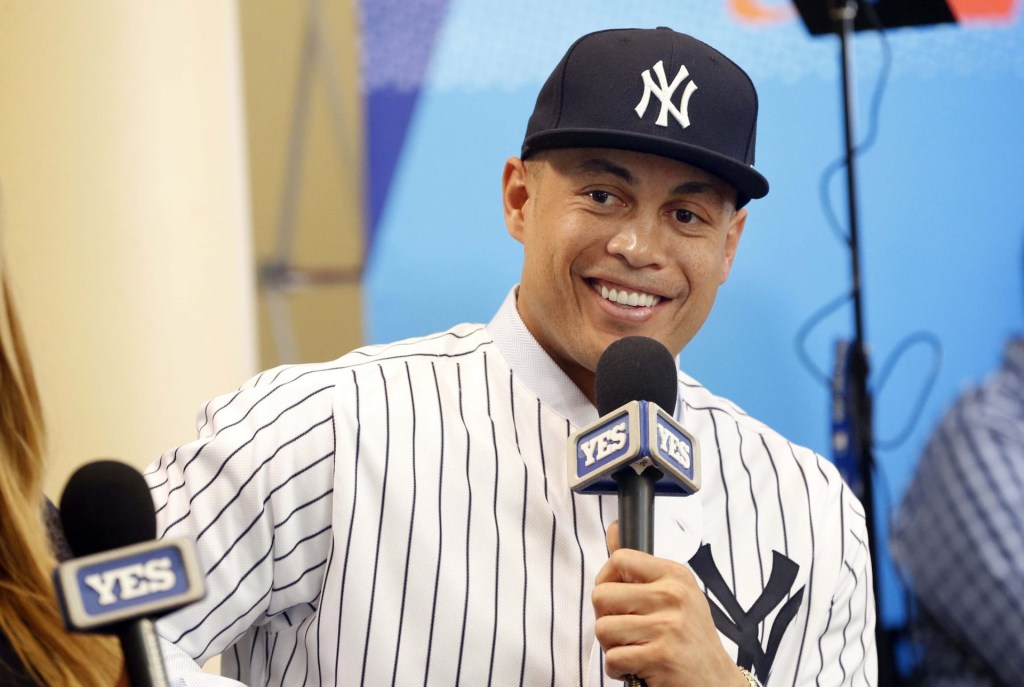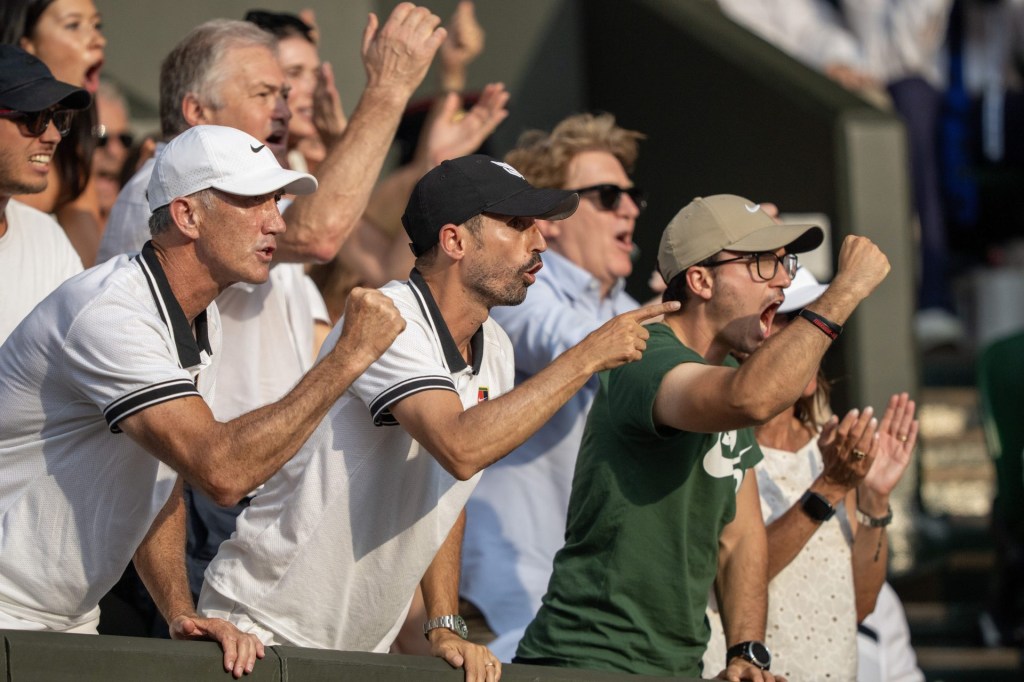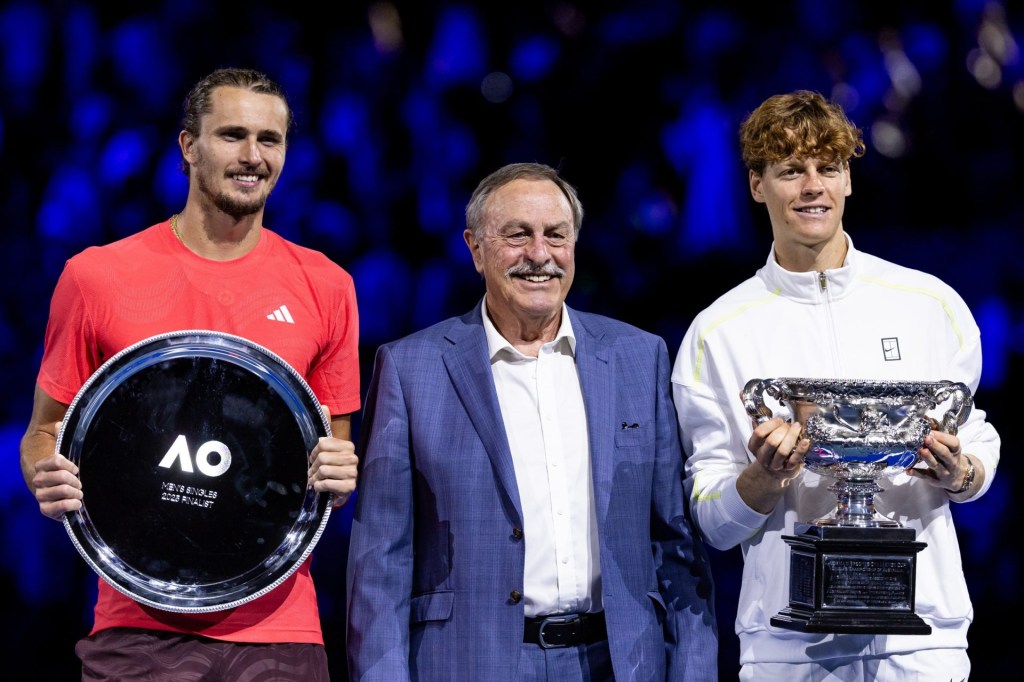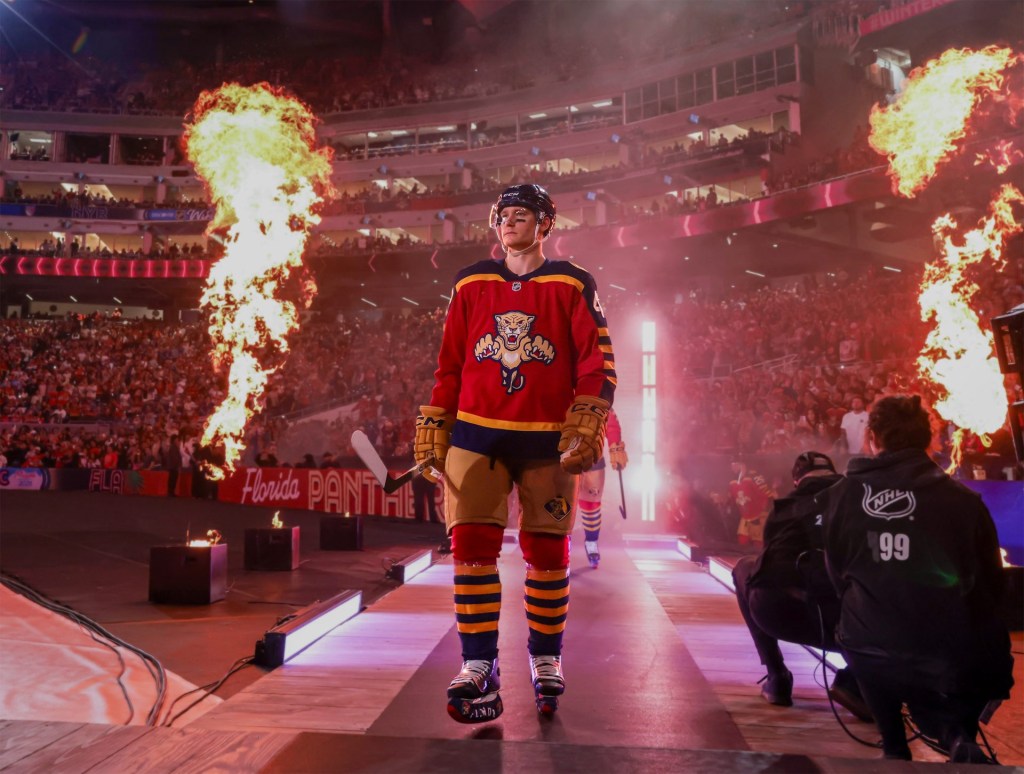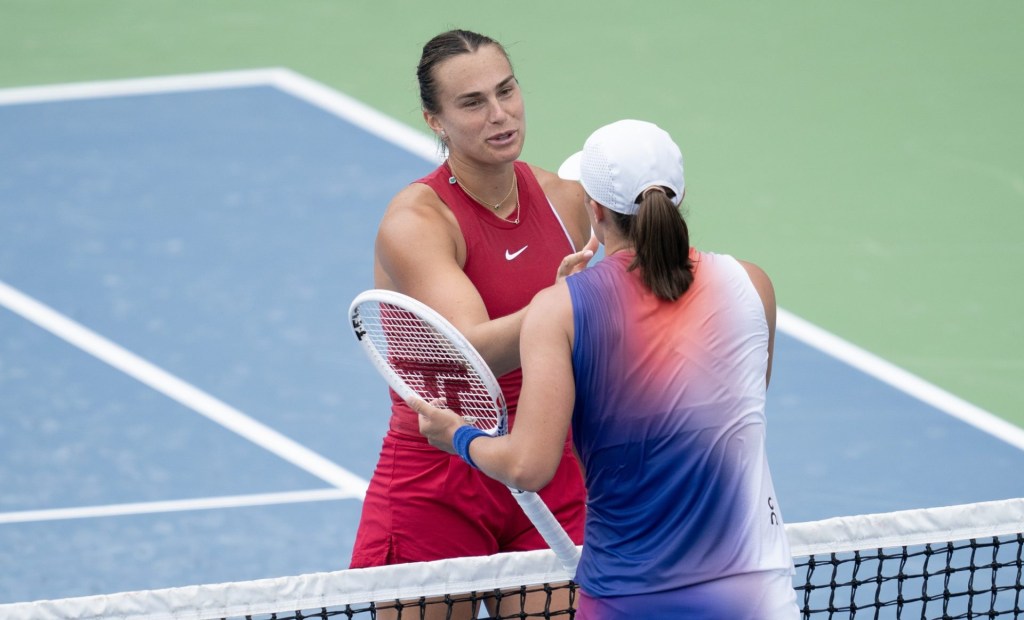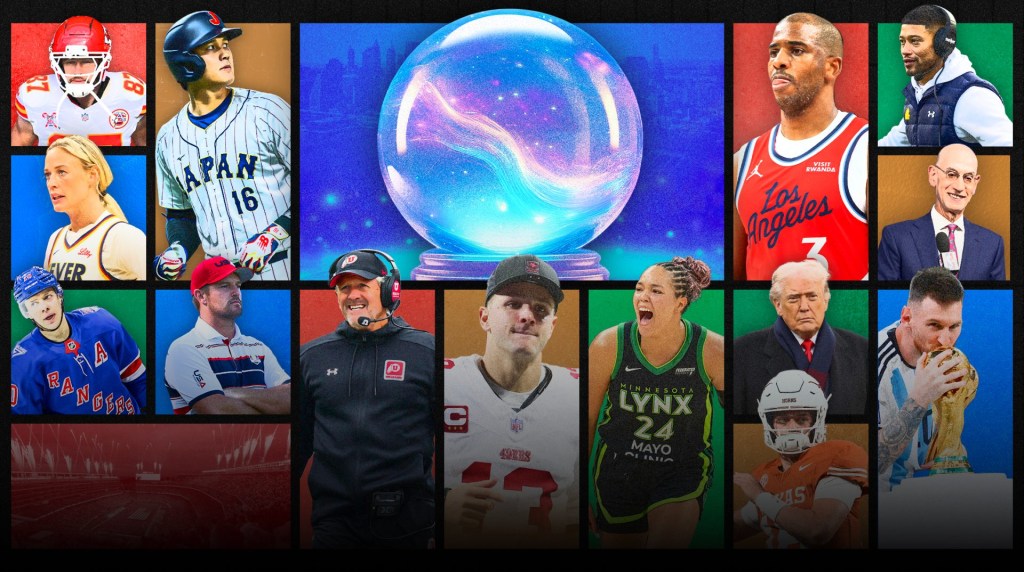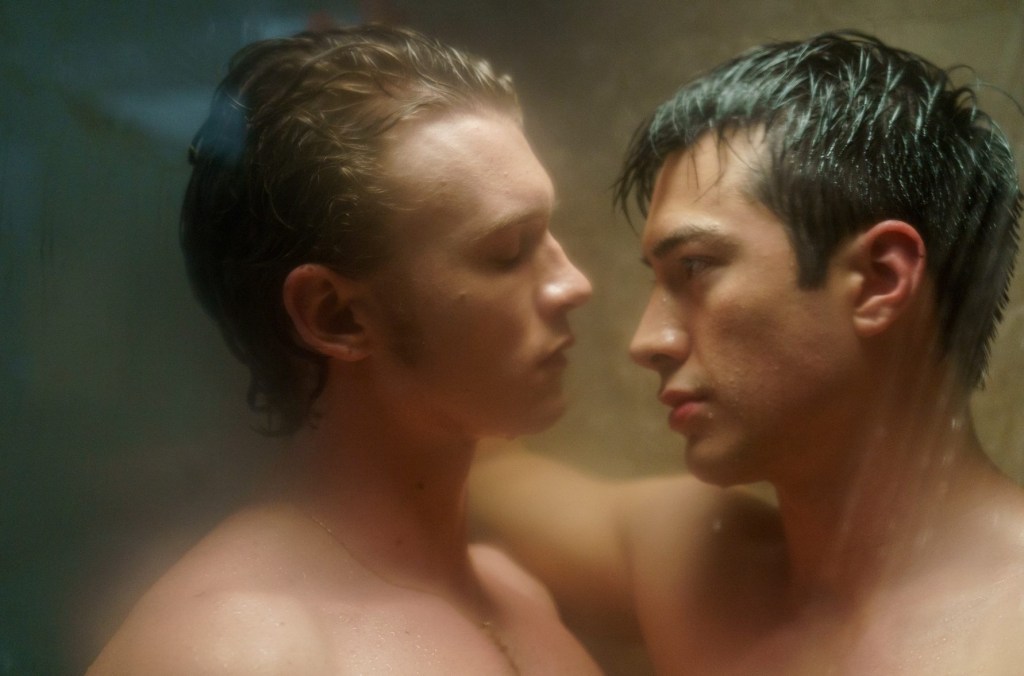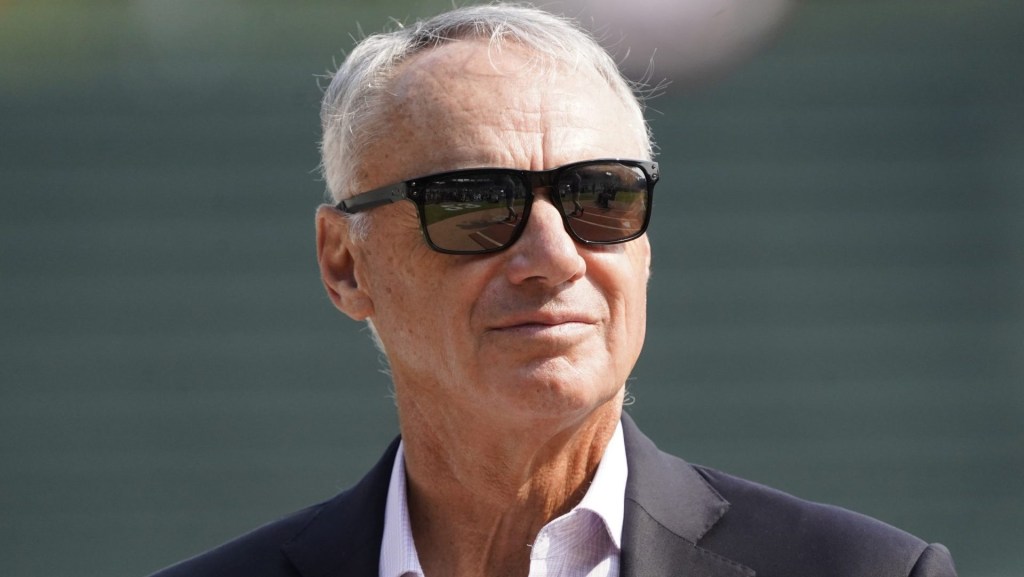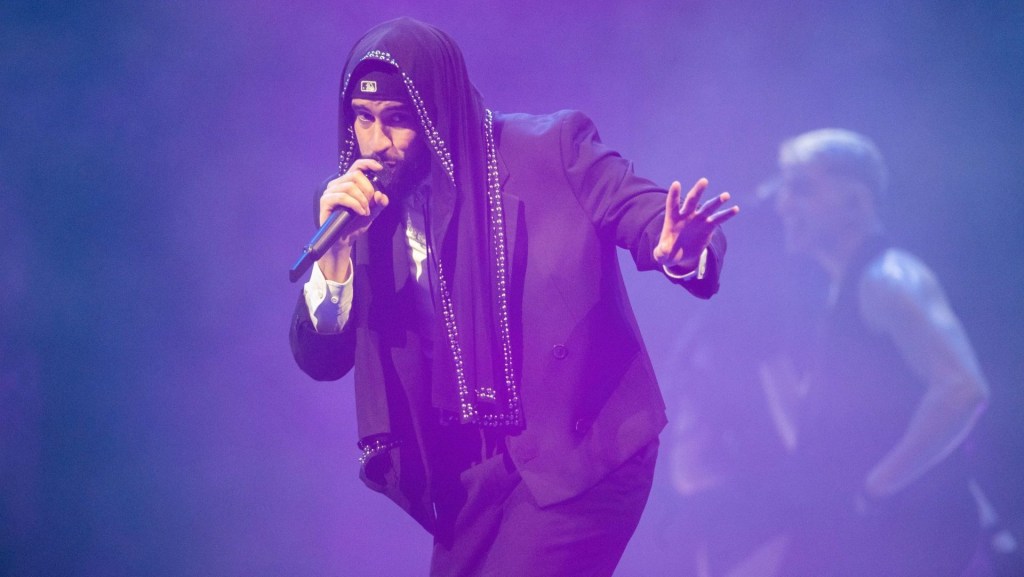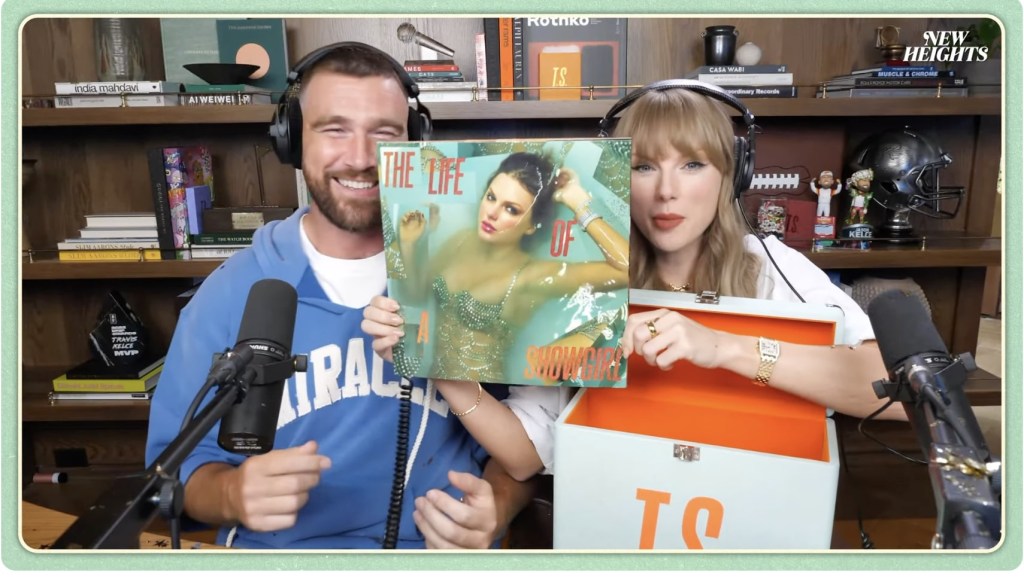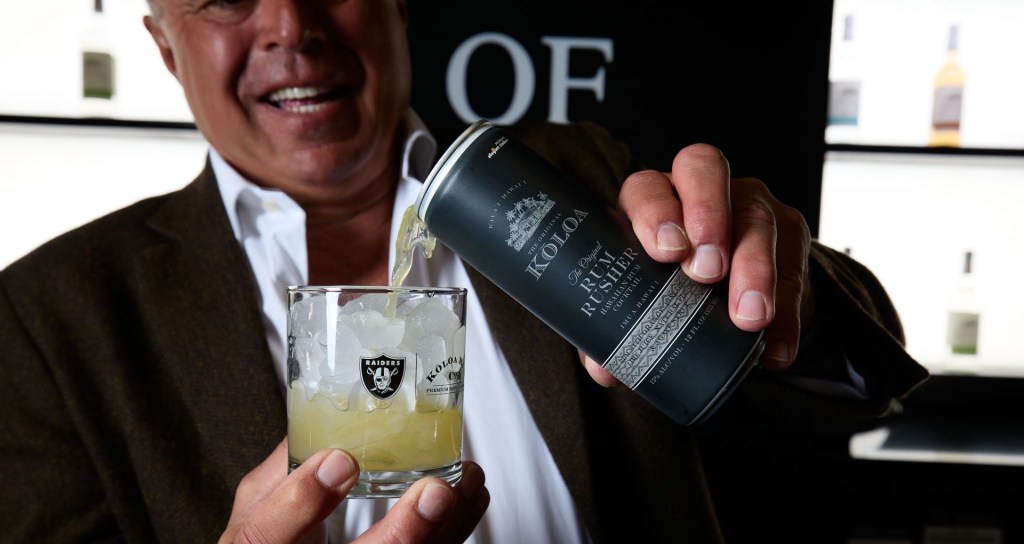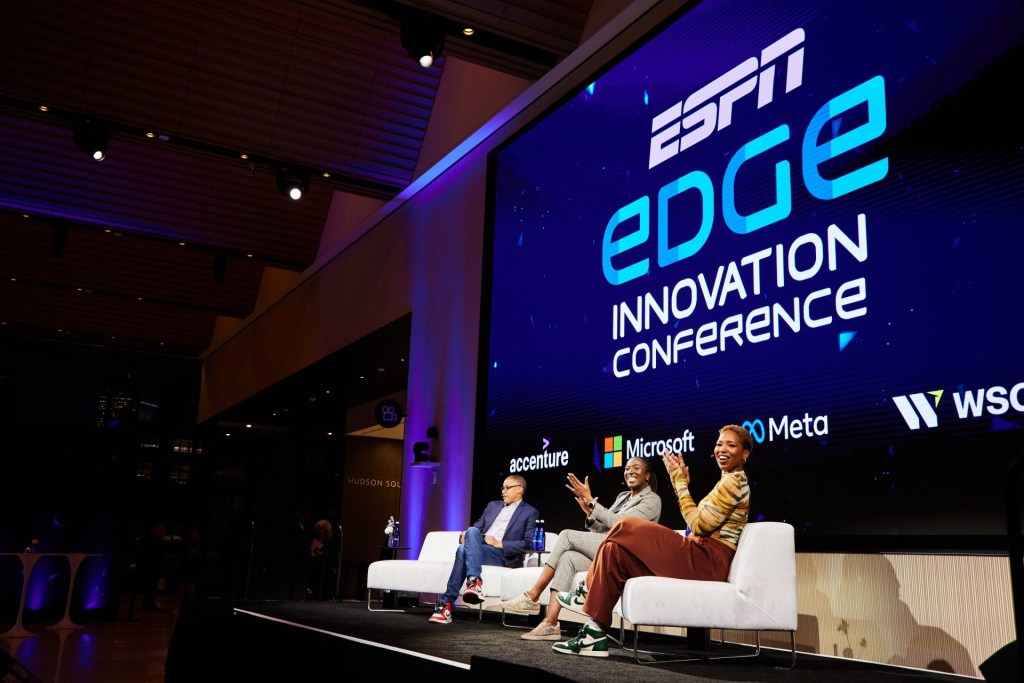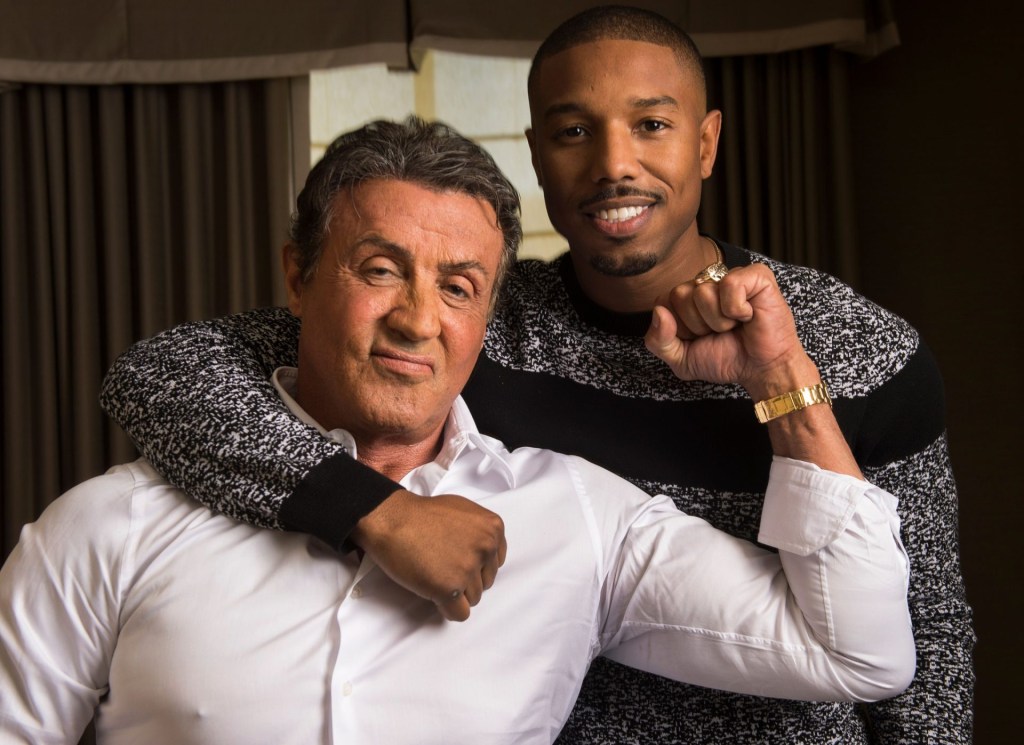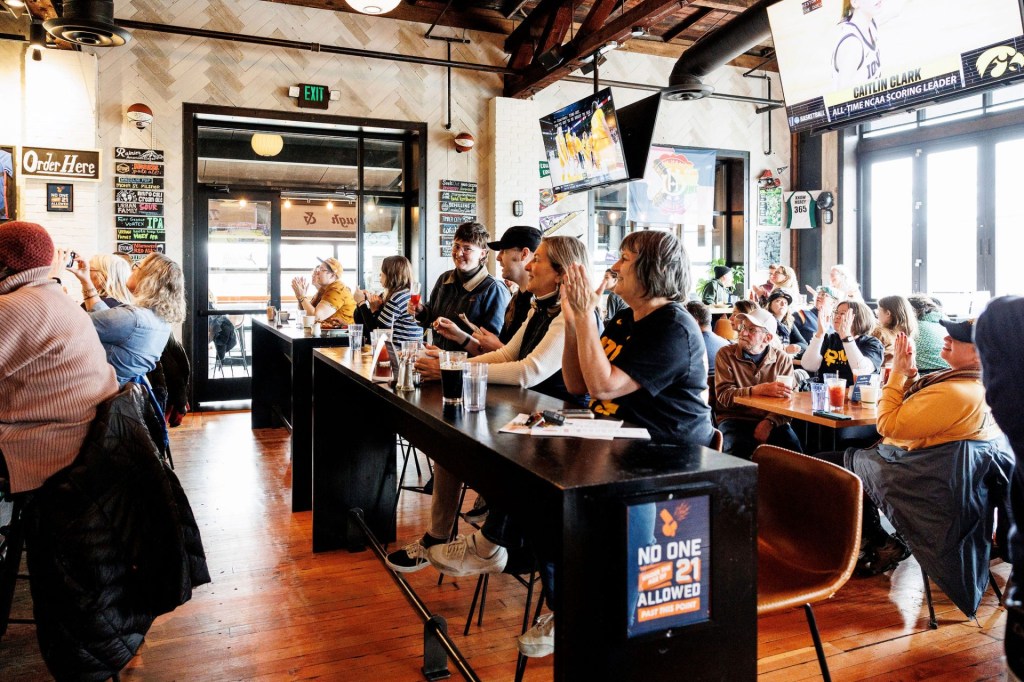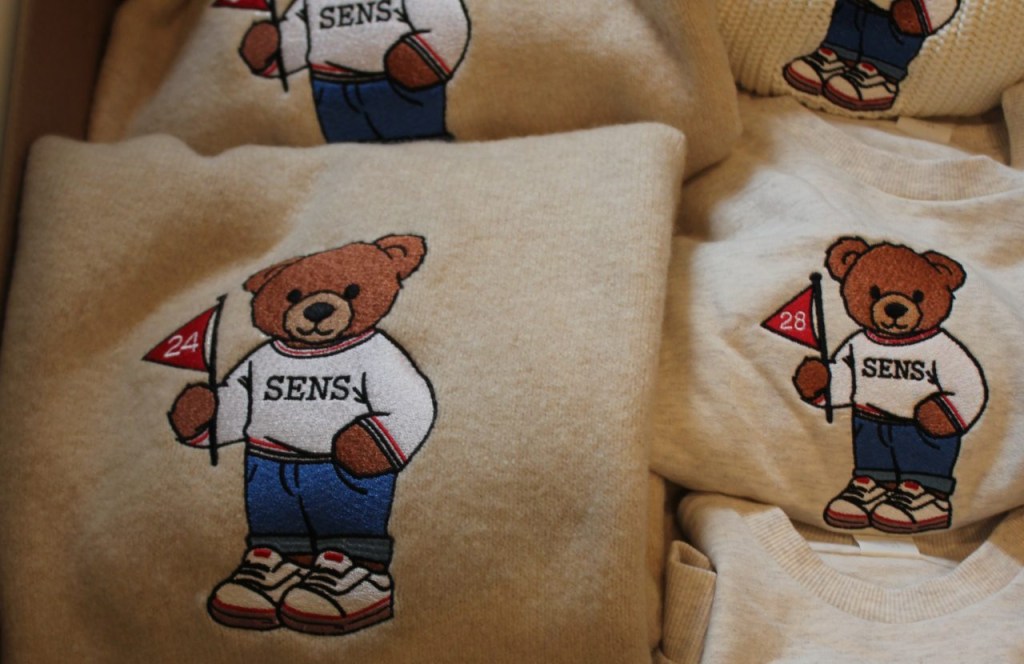The US Open, everyone agrees, is the height of excess.
“They don’t have these problems at prim and proper Wimbledon,” a major newspaper wrote about the tournament. “The only things more expensive than the overpriced food are the soon-to-be doubled ticket prices.”
“The Arthur is too big,” another paper wrote about the tournament’s centerpiece stadium. “Too many seats are too far away, too high and too expensive.”
Even the New York City mayor declared, “The USTA should be ashamed of itself” for the impact the tournament has on nearby neighborhoods.
The mayor was Rudy Giuliani, and the newspaper quotes are from 1996 and 2000. In other words: Bellyaching about the cost and fundamentally obnoxious nature of the Open is a pastime nearly as old as tennis itself.
The Open has always been the loudest Grand Slam, the most new-money, the most quintessentially American. Even so, seasoned observers agree, things in Flushing appear to have reached a tipping point.
The $35 tickets, $4 hot dog, $6.75 piña colada, and $15 T-shirt of 1996 look positively quaint today, even accounting for inflation.
The “status symbol” Honey Deuce runs $23, and it’s far from the most expensive drink option at the tournament. A chicken burrito and bag of chips from Dos Toros during the tournament’s first week came to $40, our editor-in-chief griped. The basic US Open hats, now ubiquitous in certain corners of New York year-round, are $40. There is, you might have heard, a six-piece order of chicken nuggets with caviar available for $100.
Through the end of this week, the average ticket price on the resale market was $427 just to get through the gates, a StubHub spokesperson told Front Office Sports. For Friday’s Novak Djokovic–Carlos Alcaraz semifinal, the get-in price crossed the $1,000 barrier, according to resale marketplace TickPick. Lower bowl tickets for the match started at $8,913, TickPick said.
It’s not just the prices. FOS spoke to several tennis experts on-site this week who have attended the Open for decades. All agreed the vibe has shifted significantly in the past three years, and all pointed to similar reasons.
‘A Honey Deuce Issue’
The notorious cocktail is as good a place to start as any. The Open sold 550,000 Honey Deuces last year at $23 a pop, and anyone with a social media account simply must photograph their souvenir cup and post about it. Jessica Pegula, one of the best tennis players in the world and herself from a billionaire family (her parents own the Buffalo Bills), even posted a picture with her Honey Deuce cup Thursday night after losing the women’s semifinal to world No. 1 Aryna Sabalenka.
“When you lost 4 points on serve in the 3rd but you lost the match,” Pegula joked.
The US Open took in more than $559 million last year—more revenue than Forbes estimates their neighbors, the Mets, made all of last year. $12 million of that was from Honey Deuces, a not insignificant portion.
The pink drink topped with melon balls is also a convenient symbol of everything that the serious tennis fan finds off-putting about the modern Open crowd.
The tennis writer Giri Nathan recently noted that during the first week of matches at Arthur Ashe, very few fans are actually paying attention, creating a bizarre environment for a top-tier international sporting event.
“The stadium is filled with an all-encompassing dull murmur,” he wrote. “Ten thousand lukewarm conversations taking place at the same time. … Sometimes I wonder if it’s an acoustics issue; sometimes I wonder if it’s a Honey Deuce issue.”
Many people who shell out hundreds or thousands of dollars for lower-bowl Ashe tickets are not there for the tennis. Often, as anyone with eyes can observe, they’re not there at all, retreating to hospitality suites or concession stands or roaming the grounds. Huge chunks of the lower bowl were visibly empty for long stretches of the two daytime quarterfinals Wednesday.
Nathan, the author of a recent book about Alcaraz and Jannik Sinner, doesn’t blame the tournament organizers. “There’s only so many times that the umpire can tell the crowd to be quiet,” he told FOS. “There’s just a culture-wide issue of, I don’t know, people not being great at behaving in public.”
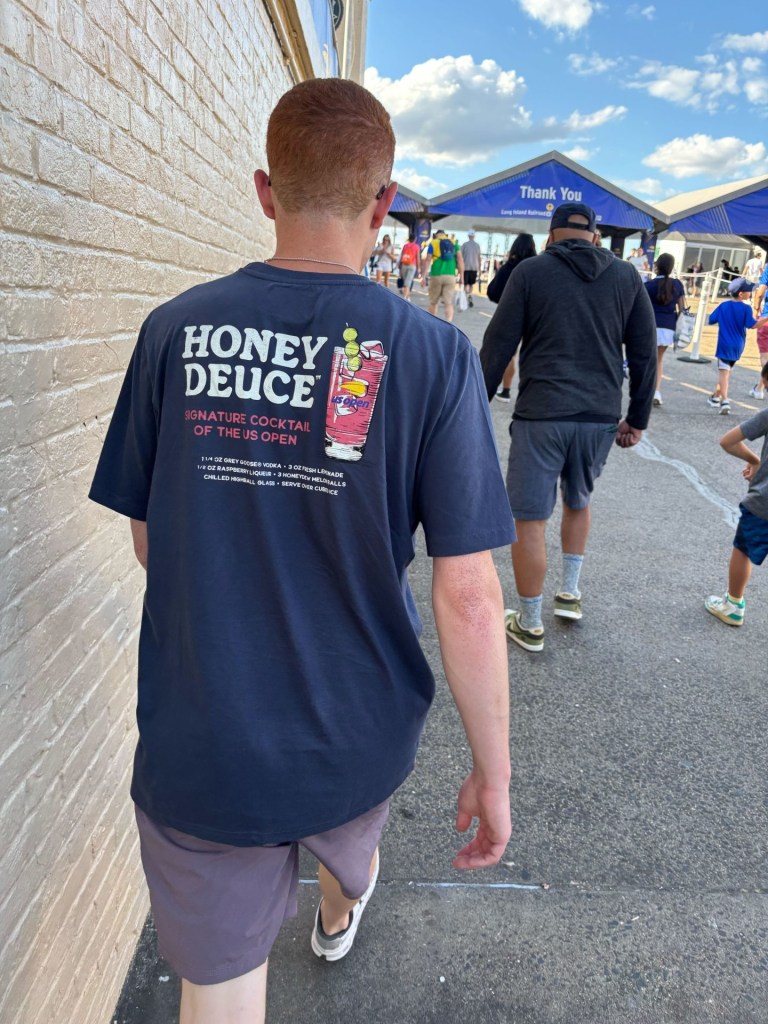
He also noted the Ashe lower-bowl seats are “totally dominated by corporate hospitality clients” due to the surging ticket prices. Nathan has also written about how much harder it is to move about the grounds than it was just a few years ago—something the USTA hopes to ease with a coming $800 million renovation.
Attendance crossed a million fans for the first time last year, the USTA said, and it appears poised to smash that mark again this year. StubHub told FOS that demand had increased by 39% compared to just last year, and that sales were way up—already beating last year’s final sales by 27%. And that was before Thursday’s and Friday’s semifinals had even started.
Compared to just three years ago, StubHub says, demand for tickets has increased by 144%.
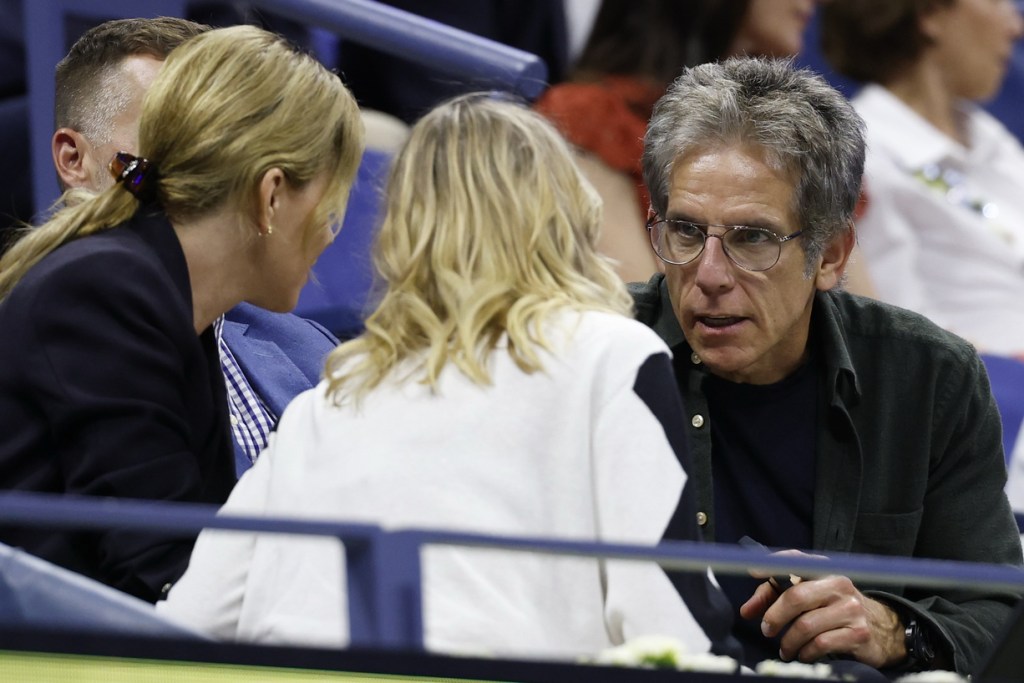
‘See and Be Seen’
The veteran tennis journalist Ben Rothenberg has noticed the same shifts acutely. He says it’s not just the prices that have made for a more posh, less accessible Open. It’s celebrity culture, which in turn has juiced demand.
Morgan Riddle, the influencer and girlfriend of top American player Taylor Fritz, said in 2022 that “tennis is relatively uncool and unknown in America,” and that she was “on a personal mission to make tennis cool again.”
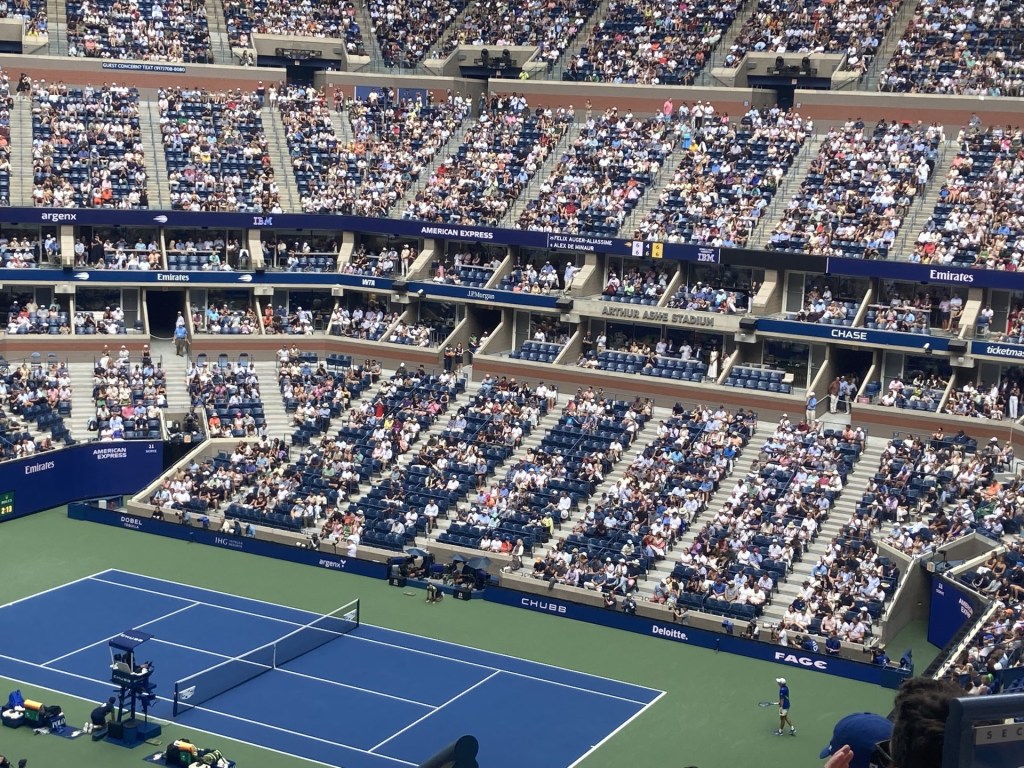
Riddle’s wish has come true. Tennis fans of all genders at the Open dress either like actual tennis players or preppy influencers.
Rothenberg recalled a player telling him they have noticed more and more fans dressing in “tenniscore,” wearing “preppy, designer-y clothes, tennis chic,” which he says he’s noticed as well in his decades attending the Open. “That did not used to be a thing,” he told FOS. He added that “the bleacher bums of tennis,” the hardcore fans who are truly there to watch the sport, still exist, but “they’re a dwindling species.”
Why, though? What happened?
Challengers, the 2024 movie about a tennis love triangle, certainly helped. Its star, Zendaya, said last year that players have told her, “Thank you for making tennis sexy.” Rothenberg says it predates the movie, though he agrees it charged the trend. “The celebrity wattage has gone up a ton,” he said. “There’s been this increasing see-and-be-seen culture the last few years, an increasing leaning towards influencers.”
He pointed to Timothée Chalamet and Kylie Jenner hard-launching their relationship at the Open two years ago, and Taylor Swift and Travis Kelce taking in a match last year. “I do think America is this basic,” he said. “I do think that Taylor Swift and Travis Kelce showing up will change the FOMO: ‘We need to be at the US Open next year if we want to be relevant.’”
